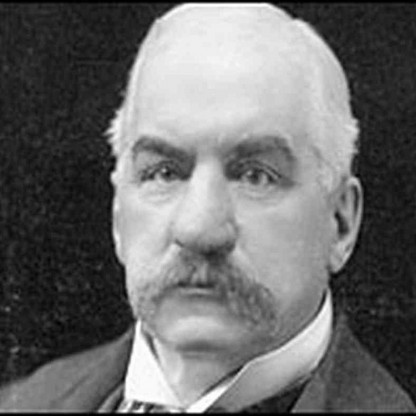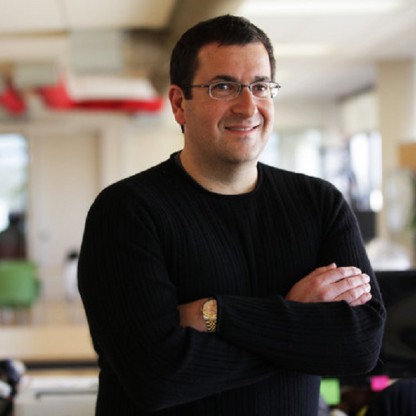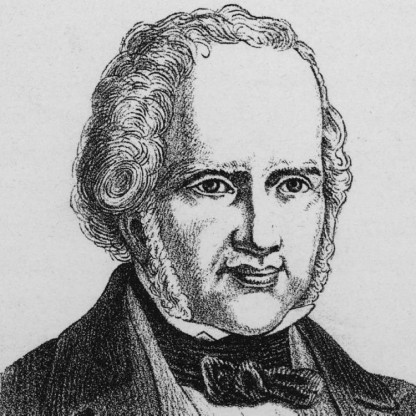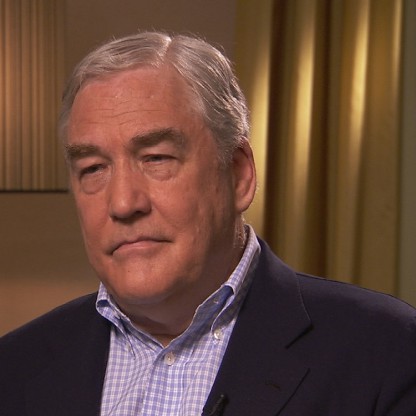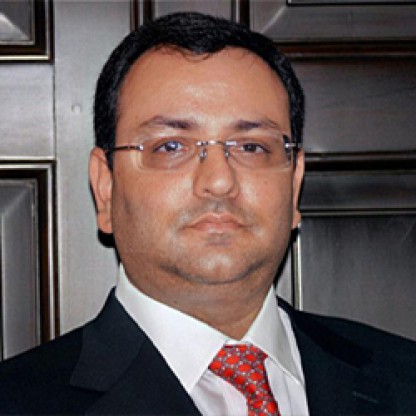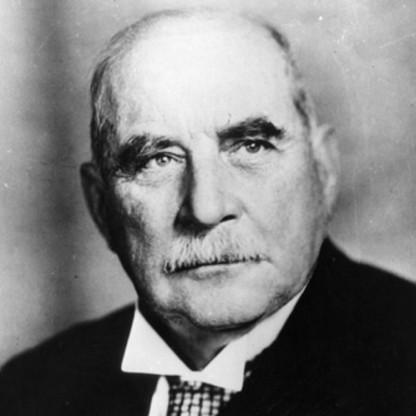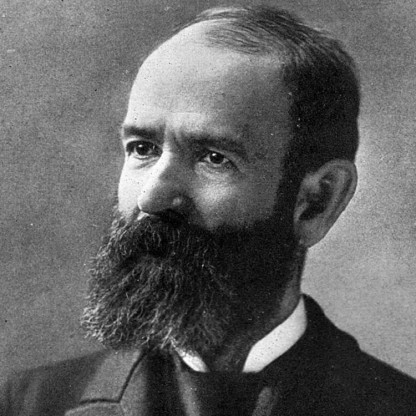A yachtsman, like his Father, Morgan served as commodore of the New York Yacht Club from 1919 to 1921. In 1930, he built the turbo electric driven yacht Corsair IV at Bath Iron Works in Maine. Corsair IV, launched April 10, 1930, was one of the most opulent yachts of its day and the largest built in the United States with an overall length of 343 feet (104.5 m), 42 feet (12.8 m) beam and 2,142 GRT. Legend at the shipyard credits the phrase "If you have to ask, you can't afford it" to Morgan, when asked what the yacht cost. However, this quote is most often attributed to his Father in connection with the yacht Corsair, launched in 1891. Morgan sold the Corsair IV to the British Admiralty in 1940 for one dollar to assist with Britain's war effort. After the war the Corsair IV was sold to Pacific Cruise Lines and, on September 29, 1947, began Service as a luxury cruise ship operating between Long Beach, California and Acapulco, Mexico. On November 12, 1949 the yacht struck a rock near the beach in Acapulco and, although all passengers and crew were rescued, was deemed a total loss.

